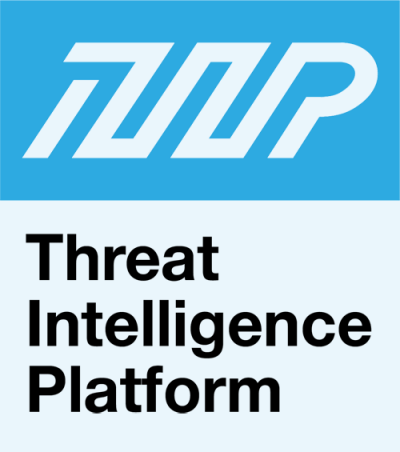

|
||
|
||
More and more businesses contend with rising cybersecurity threats. The mounting numbers are pressuring managed service providers (MSPs) to employ sophisticated tools to secure each of their client’s systems, network architectures, and confidential information. Several MSPs have turned toward using security information and event management (SIEM) solutions to dynamically track digital environments for possible irregularities or cybersecurity incidents.
According to market research for 2019–2024, the SIEM solutions revenue is forecast to increase at a compound annual growth rate (CAGR) of 9.87% in the next four years. Experts believe that effective SIEM solutions are crucial for staying ahead of threats. As such, SIEM solution developers should strive to improve their offerings. One way to do that could be using network and threat data correlation.
How Network and Threat Data Correlation Can Enhance SIEM Solutions
One of the critical components of effective incident handling and response is data correlation. Once information from an organization’s network is fed to the SIEM solution, it needs indicators of compromise (IoCs) to compare that data with. The solution needs to correlate traffic logs, for instance, with threat data to pinpoint potential issues.
If, say, a user has made multiple invalid log-in attempts to a system, it could be a sign that he’s not authorized to access it. Although it’s possible that he may just have forgotten his credentials, the attempts need to be verified. Correlation comes in handy in cases like this. With known IoCs on hand, the SIEM solution can be triggered to check the user’s IP address against potential threat sources. Manual counterchecks can take time and for staff members that handle troves of data on a daily basis. Manual processes are also prone to human error.
If, however, network and threat data are fed directly into the SIEM solution, correlation can be configured to run automatedly. MSPs would be able to identify potential breaches faster. Staff members no longer need to sift through raw network data that may not provide any sort of context on their own. To make this happen, MSPs can integrate threat intelligence APIs into their clients’ existing SIEM solutions.
SIEM solution monitoring can also produce false positives. Getting such results calls for a balance in setting up correlation rules. Making them too strict can result in tons of false positives (e.g., blocking even nonmalicious users from accessing one’s network) while going the other direction can increase risks of allowing malicious users in. By confirming each user’s intentions through correlation with threat data, a client can significantly improve the percentage of malicious log-ins being blocked from his network.
What Organizations Need to Look for in Threat Data to Make Correlation Work
Threat Data Must Provide Insights into an Ongoing Campaign – Several organizations make the mistake of incorporating tons of threat data feeds into their solutions without a clue as to why. Information about vulnerabilities without insight into an active attack can render these bits of information useless. For threat data to be useful, they must be compared with network traffic information to identify potential sources of compromise.
Threat Data Should Help Mitigate Risks – Using threat data as reference, organizations can identify harmful URLs that employees shouldn’t be allowed to access. Known IoCs from threat data APIs should be included in company blacklists so they won’t present dangers to systems, the network, and the data (from customers, partners, and employees) stored in connected devices.
Threat Data Must Come from a Reliable Third-Party Source – Many organizations fail to effectively use threat data because they do not have enough resources and knowledge to analyze it. To alleviate this issue, they can rely on a third-party threat intelligence provider that provides well-parsed and well-structured datasets. That way, they only need to feed available information into existing SIEM solutions, for instance, for easy correlation and, therefore, protection.
* * *
Network and threat datasets are meaningless on their own. Providing context through correlation is possibly the only way by which SIEM solution users can use them to provide timely and accurate security protection and incident response.
Sponsored byWhoisXML API

Sponsored byCSC

Sponsored byVerisign

Sponsored byRadix

Sponsored byVerisign

Sponsored byDNIB.com

Sponsored byIPv4.Global
